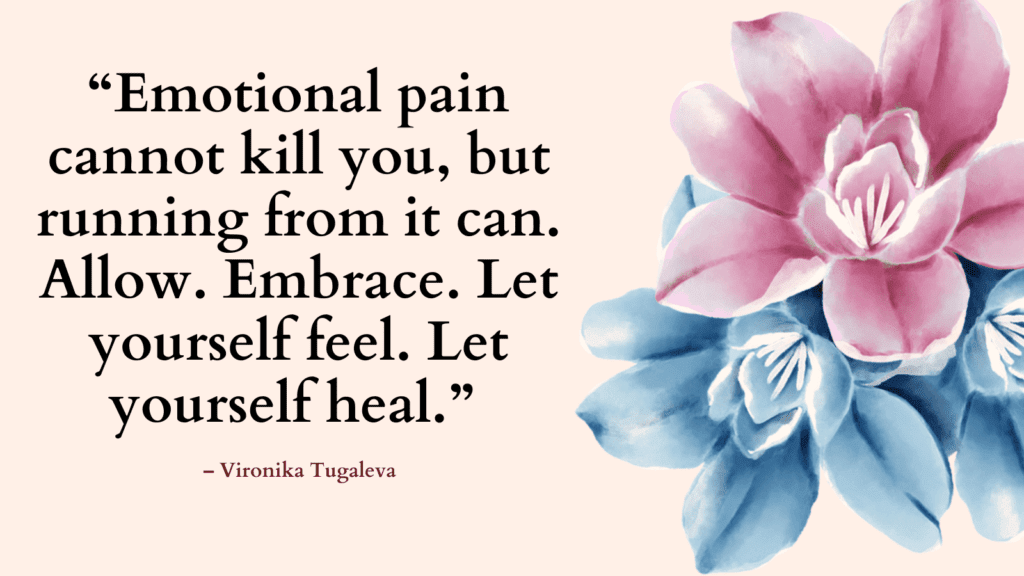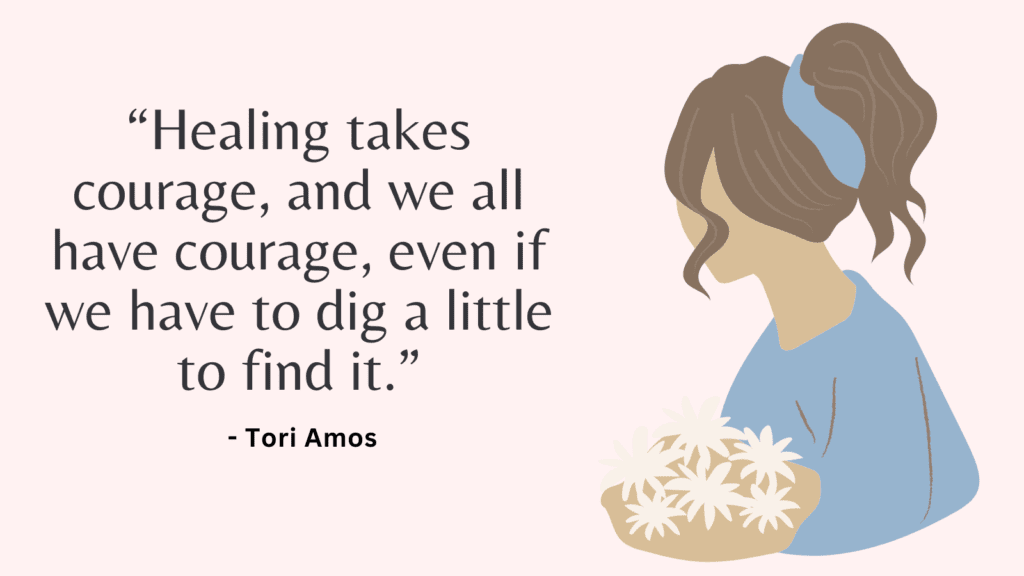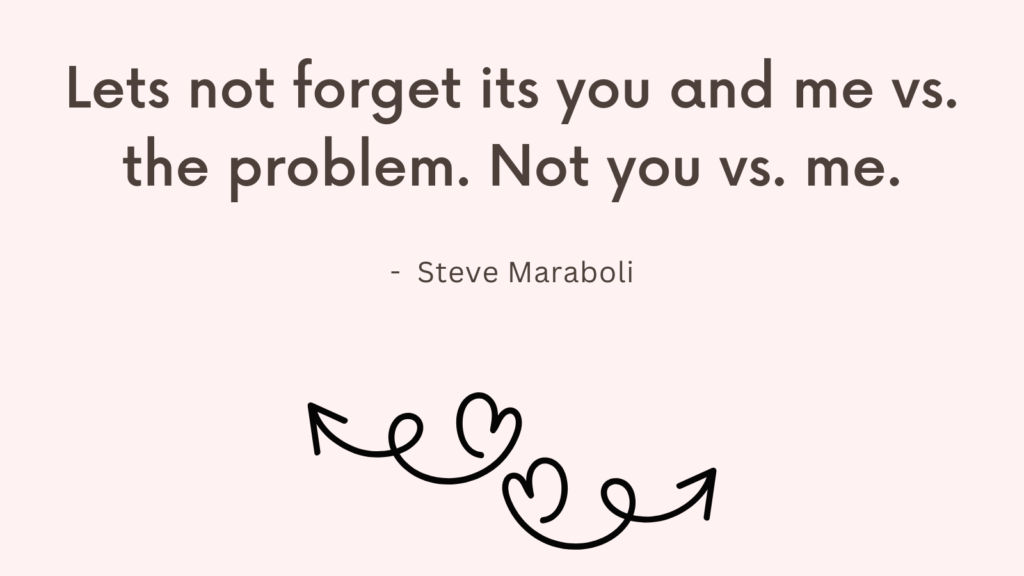Today, you’re going to learn all about Fearful-Avoidant Attachment style and how to end fearful avoidant chase.
Attachment Theory
John Bowlby, a psychologist and the leading attachment theorist, described attachment as ‘a lasting psychological relation between human beings.’
Bowlby theorized that mothers who relate to their child and are available to meet their needs foster a sense of security in their child.
A child who is securely attached feels safe when his caregiver leaves and is certain of their caregiver’s return.
Conversely, a child with ambivalent attachment is distressed when his caregiver leaves because he cannot rely on the caregiver to be present when needed.
Children with avoidant attachment will avoid their caregiver when they return.
Related: How to Stop Anxious Attachment Style from Ruining Your Love Life?
Attachment Style Test
Go online to take the accurate self-scoring test by researcher S. Chris Fraley at:http://www.web-research-design.net/cgi-bin/crq/crq.pl.
First, answer the questions with your current partner in mind (if you have one).
Then take the test again thinking of yourself before you got into a relationship with your current partner.
If the results differ significantly, then your current partner is either making you more or less secure than you would normally be.
Fearful Avoidant Attachment
Fearful avoidant, also known as a disorganized attachment style, is thought to be the most difficult style of all.
This attachment is common in survivors of abuse and childhood trauma.
Hal Shorey, a psychologist, writes that people with this attachment style probably had parents who were not able to comfort and care for them, or who responded to their needs in a threatening way.
Related: Covert Verbal Abuse: What Is It & How To Recover From Verbal Abuse
8 Signs of a Fearful Avoidant Attachment Style
- When disagreeing with your partner, you either blow up or shut down.
- You continuously look for signs that your partner is upset with you.
- You feel that someone would leave you if they really knew the real you.
- You never allow yourself to show your vulnerability.
- You often miss your partner, but upon seeing them, you pick fights with them.
- You take everything your partner does personally.
- You try hiding your feelings as to not looking clingy but cannot hide them from yourself.
- You would like to be in relationship but you fear intimacy.
Fearful-Avoidant Attachment Vs. Dismissive-Avoidant Attachment
Fearful-avoidant and dismissive-avoidant share a lot in common. They both come from distrust of a person’s caregiver.
In dating, a fearful avoidant attachment style can often seem identical to a dismissive avoidant attachment style.
However, unlike dismissive avoidants, people with a fearful avoidant attachment style don’t have the defensive shield of high self-esteem.
Related: How To Overcome Avoidant Attachment Style?
What Causes Fearful Avoidant Attachment?
Fearful avoidant attachment, also known as disorganized attachment, is caused by a combination of genetics and early childhood experiences.
A child born with a sensitive or reactive temperament may be more prone to developing a fearful avoidant attachment style.
Additionally, traumatic or abusive experiences during childhood, such as neglect, emotional or physical abuse, inconsistent caretaking, and separation from primary caregivers, can lead to a fearful avoidant attachment style.
These experiences may have caused the child to develop conflicting emotions and feelings of mistrust towards their caregivers.
As a result, individuals with fearful avoidant attachment may struggle to form close relationships and may experience anxiety, fear, and discomfort in intimate situations.
Fearful Avoidant Chase
Fearful avoidants both want and fear intimacy.
So they seek closeness. But once they do, their fear of intimacy and attachment kicks in and they suddenly feel the need to escape, and this is when they need you to chase them.
When dating, fearful avoidants often put on a front or “false self” they believe will make them more likable. This is mainly because of the damaging belief that they are undeserving of affection.
This makes it difficult for them to share their feelings with their partners.

How to End Fearful Avoidant Chase & Heal?
1. Become Aware of Your Own Emotions
Increasing self-awareness and establishing a sense of self is necessary to become more secure.
This could be done by learning to recognize your own emotions.
Throughout the day, pause for a few minutes and check-in with yourself. Ask yourself, “What am I feeling right now in my body?” “What emotion am I experiencing?” and, “What do I need right now?”
Also, journaling and using self-discovery prompts, can help you connect with yourself more and become more self-aware.

2. Do Something by Yourself
Spending quality time with your partner is a great way to strengthen your relationship.
But it’s also important to spend time apart and pursue activities that make you feel happy and energized.
Write down a list of interests and activities you like to do that you think will help you grow as a person or help you stay emotionally and physically healthy.
3. Learn to Be Interdependent, Not Codependent
Codependency is a belief that one cannot feel okay without their partner.
Although a relationship is a great source of pleasure, when it becomes your only source of pleasure, it can turn into an addiction.
Interdependency, on the other hand, requires both people to be able to operate autonomously. This means being able to meet your own needs and wants without having to be dependent entirely on another person.
Related: How To Overcome Codependency In 12 Steps?
4. Take the Initiative to Maintain Intimacy
Intimacy is both physical and emotional.
Do not leave the responsibility of initiating intimacy to one person.
One way to increase emotional intimacy is to share your needs, desires, and vulnerabilities.
But it’s important to understand what each of you needs when it comes to intimacy.
Related: What Is Emotional Intimacy? (And How To Increase Emotional Intimacy In A Relationship?)

5. Practice Responding to Conflict without Overreacting
When we feel overwhelmed, we tend to overreact.
One way to feel less overwhelmed is to connect with yourself and make sense of what you’re feeling before approaching your partner.
It’s helpful to journal about the issue and get clear on what you need and how you’re feeling.
This helps you communicate your feelings and needs more assertively, without overreacting.
Related: What Is Emotional Intimacy? (And How To Increase Emotional Intimacy In A Relationship?)
6. Allow Yourself to Be More Vulnerable
This could be done by revealing feelings that you may consider embarrassing.
Try not to downplay your feelings or judge them as inappropriate or immature. Simply express yourself and stick to your simple truths.
7. Express Your Individual Needs
Do not be embarrassed to express your needs, especially ones that make you feel vulnerable.
If you have always struggled with expressing your needs, chances are you’re not aware of what those needs are.
A first step is to start practicing checking in with yourself throughout the day and asking yourself, “What do I need right now?” this includes small needs, such as which ice-cream flavor you prefer or choosing to rest when you feel exhausted.
As you become more aware of your needs, start by expressing your needs to your partner. If you wish to be complimented more, do express your desire for more compliments.
Related: Best 9 Tips On How To Receive More In Life And Relationships?
8. Hear Your Partner Out
Fearful-avoidants often take things personally and struggle to consider their partner’s perspective.
Listening when your partner shares their internal experience can help you step out of yourself for a few moments and learn to empathize with them.
Related: How To Validate Someone’s Feelings Without Agreeing? (+Examples of Validating Statements)
9. Take a Timeout If You Need To
Arguments often trigger overwhelming emotions. It is not unreasonable to ask for a timeout.
Ask your partner to for some time so you could relax and gather your thoughts before finding a solution or coming to an agreement.
During that pause, you may find it helpful to practice relaxing techniques, such as deep breathing, or grounding yourself. It can also be helpful to write down your thoughts.
10. Learn to Manage Your Relationship Anxiety
Understand why you’re feeling anxious in your relationship.
Ask yourself, “What am I feeling anxious about specifically,” then challenge the validity of those fears.
Although it’s helpful to challenge your anxious thoughts, you may discover that they don’t completely go away.
For the remaining anxious thoughts, allow them to be there without acting on them. Over time, they’ll become less intense and less relevant.
Related: Is It ROCD Or Am I Not In Love? Top 4 Powerful Ways to Overcome Relationship Anxiety And ROCD
Pro Tip: Work with a Therapist
While there is a lot that you can do to help yourself feel more secure in your relationships, sometimes our attachment wounds are simply too deep or too complex for us to manage on our own.
It’s helpful here to enlist the help of a licensed therapist.
A therapist can help you challenge your limiting beliefs and heal any past hurt or trauma.
Psychologist Locator and the National Register are two websites for locating psychologists in USA.
Online therapy is also an option. It can be much affordable than in-person therapy, but can be equally effective. (source)
FAQ
Do fearful avoidants come back?
There is no clear answer to whether fearful avoidants will come back to a relationship.
It depends on various factors such as the reason for the separation, the level of attachment, and the willingness of both parties to work towards healing and reconciliation.
Fearful avoidants tend to have a deep-seated fear of being rejected or abandoned, which can make it difficult for them to fully commit to a relationship.
However, with the right support and guidance from a therapist or counselor, fearful avoidants can work through their attachment issues and learn to form healthy and secure relationships.
If you are in a relationship with a fearful avoidant who has left, it is important to give them space and time to work through their emotions.
Encourage them to seek professional help if necessary, and focus on your own self-care and well-being in the meantime.
Ultimately, the decision to return to the relationship will be up to the fearful avoidant, but with patience, empathy, and understanding, there is always hope for healing and growth.
Can a fearful avoidant fall in love?
Yes, a fearful avoidant individual can fall in love.
However, their attachment style may make it challenging for them to fully open up and trust their partner, leading to difficulty in maintaining a long-term and secure relationship.
It’s important for them to be aware of their attachment style and work on understanding their emotions and needs in order to have a successful and fulfilling relationship.
Is it hard to date a fearful avoidant?
Dating a fearful avoidant can be challenging as they have a tendency to push people away when they feel overwhelmed by intimacy.
They may struggle with being vulnerable or expressing their emotions, which can make it difficult for their partner to understand their needs and feelings.
However, with patience, empathy, and understanding from their partner, a fearful avoidant can learn to open up and build a deeper connection.
It’s important to establish clear communication and boundaries, and to create a safe and supportive environment where the fearful avoidant feels comfortable expressing themselves
FREE Relationship Worksheets PDF
References
- What Is Fearful Avoidant Attachment? (verywellmind.com)
- Fearful Avoidant Attachment: How It Develops & How To Cope (simplypsychology.org)
- Fearful Avoidant Attachment: What This Means in Relationships (healthline.com)
- Adult Attachment, Stress, and Romantic Relationships – PMC (nih.gov)
- Understanding Fearful Avoidant Attachment Style (thoughtco.com)



